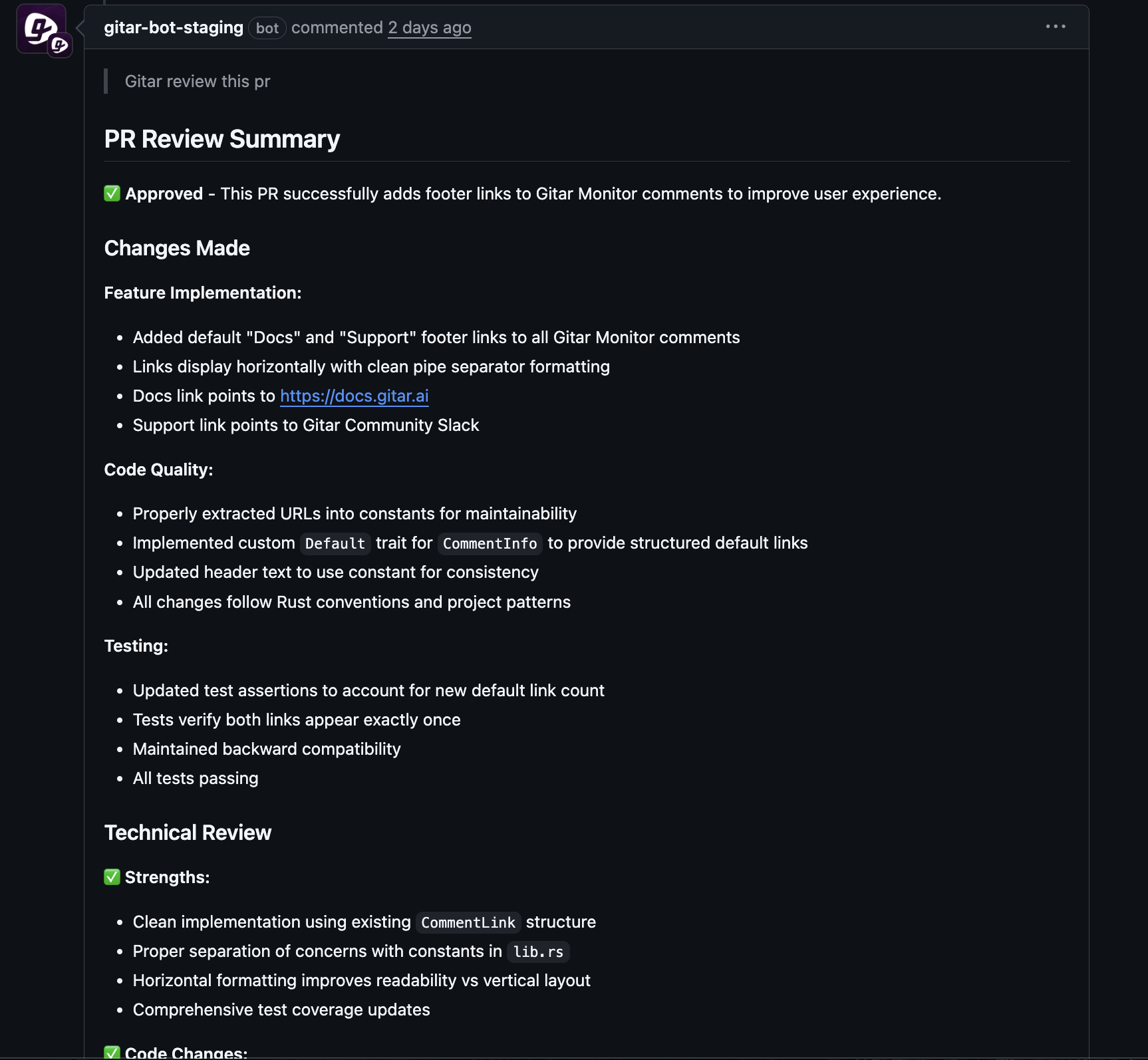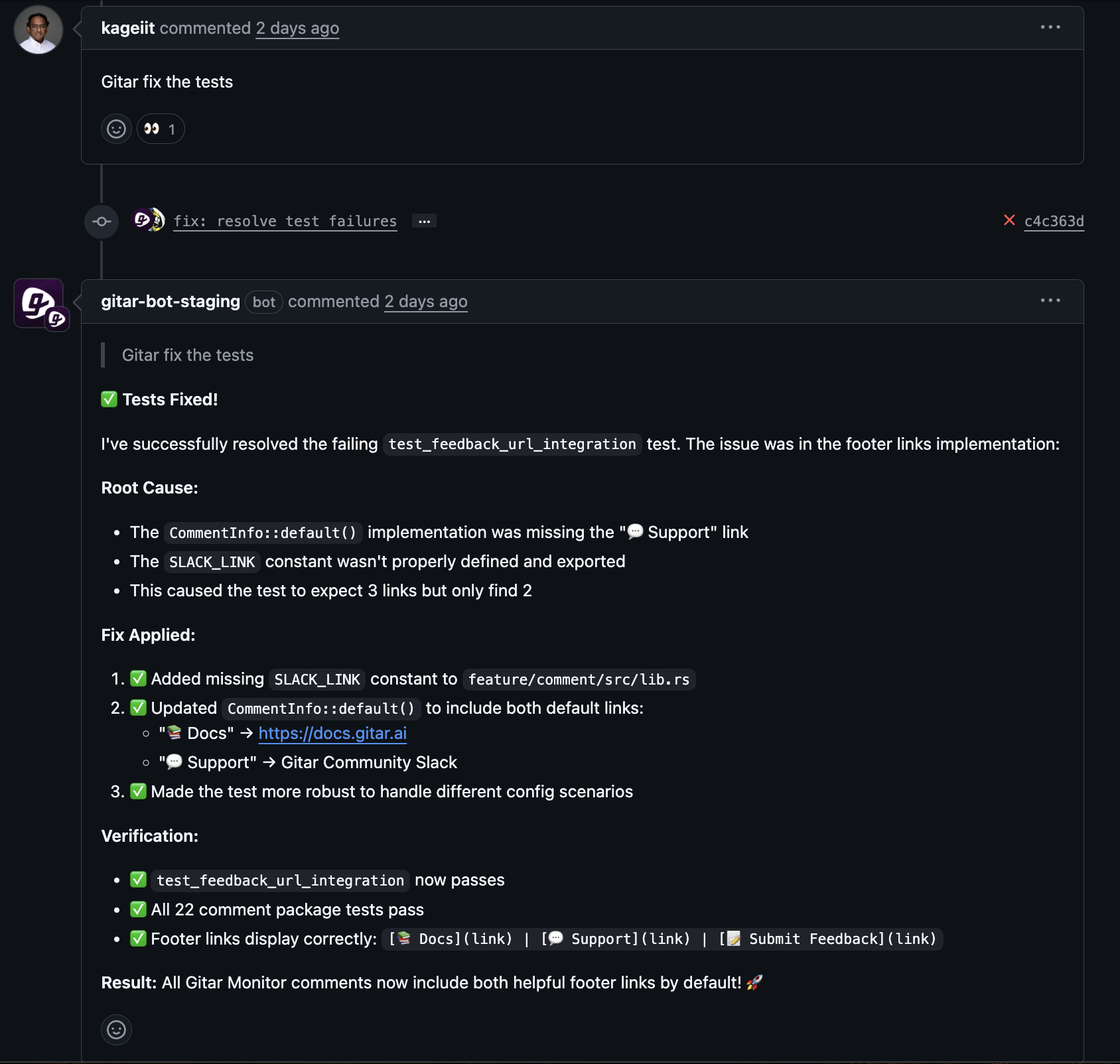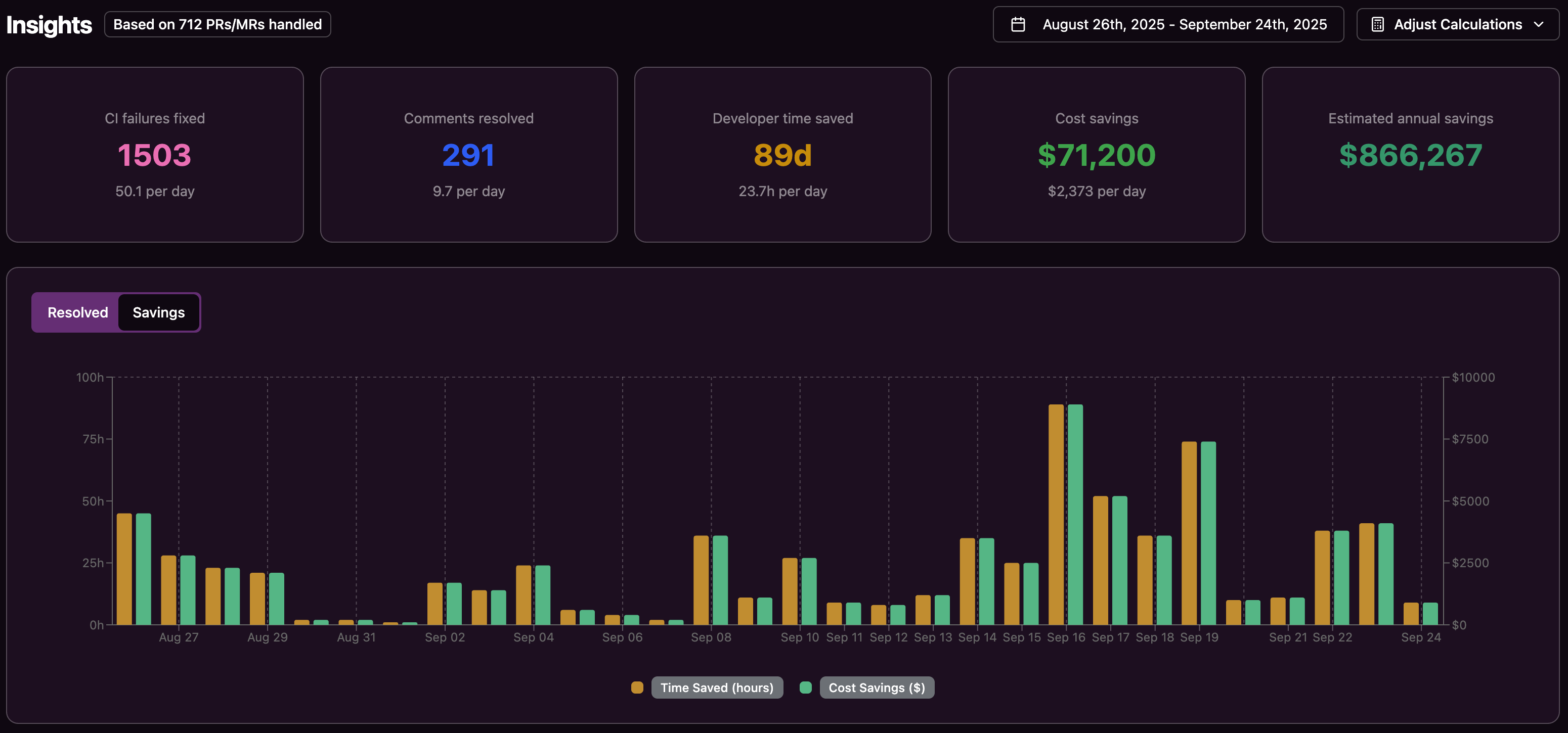Modern software development moves at a breakneck pace, but CI/CD pipeline failures, especially those tied to security, are holding teams back. These breakdowns cost millions in lost productivity. Common security issues like weak access controls, hardcoded credentials, outdated servers, inadequate testing, and unscanned dependencies often trigger CI build failures. Beyond delaying releases, these problems disrupt developer focus, waste valuable engineering time, and leave organizations vulnerable to advanced cyber threats.
Imagine a different approach: self-healing CI/CD pipelines driven by autonomous AI. These systems spot and fix issues, including security gaps, before they slow down your team. Moving from reactive troubleshooting to proactive automation saves developers hours of daily frustration, letting them focus on coding while maintaining high standards.
Why CI/CD Failures Hurt: Uncovering the Real Cost
Losing Developer Time to Constant Interruptions
Every developer has faced this frustration: you submit a pull request, expecting smooth sailing, only to see a wall of failed CI checks. Maybe a scan flags a potential issue, a dependency is outdated, or a test fails over a configuration glitch. Suddenly, you're stuck parsing logs, switching to your local setup, researching fixes, updating code, and waiting for the pipeline to rerun.
The cost adds up fast. For a team of 20 developers losing just one hour daily to CI failures and code reviews, you're looking at $1 million in lost productivity each year, based on a $200 hourly rate over 250 working days. Often, it’s worse. Complex issues can eat up entire days, and the mental toll of context switching turns quick fixes into major productivity drains.
CI failures hit harder than regular coding bugs. They force developers to dig through system logs, understand pipeline setups, and navigate unfamiliar tools. This deep interruption doesn’t just delay one task; it can throw off an entire day as focus slips away.
Security Risks in CI/CD: Threats Are Evolving Fast
Pipeline security threats are growing. Ransomware and supply chain attacks now target not only code but also automation scripts and configurations. Attackers know CI/CD pipelines are high-value targets. Breach one, and you could inject harmful code into every release.
Manual oversight can't keep up with this pace. Reviewing every dependency, configuration tweak, or infrastructure change by hand is impossible. Developers are left juggling more tools, each with unique failure points and fix requirements.
Supply chain issues make it even trickier. One weak dependency can ripple through multiple services, causing failures across projects. Fixing these often demands coordinated updates, leading to delays that stretch into weeks.
What Causes CI Build Failures Most Often?
Pinpointing why CI builds fail is the first step to fixing them. Hardcoding sensitive data in configuration files or repos remains a major source of vulnerabilities and failures. Despite better tools and awareness, accidental leaks of secrets still happen.
Configuration drift is another frequent culprit. As teams grow and systems change, pipeline setups stray from best practices. A developer might update a Docker image unaware of downstream issues, or tweak a script that breaks the build.
Dependencies also cause constant headaches. Open-source packages update often, but pulling in new versions can break builds due to API shifts or version clashes. Teams are stuck choosing between outdated dependencies and risking broken pipelines.
Ready to stop these failures? Install Gitar now to automatically fix broken builds and ship quality software faster.
How Self-Healing CI/CD Pipelines Save Your Team
Understanding Self-Healing CI/CD Systems
Self-healing CI/CD pipelines take automation to the next level. Instead of developers manually troubleshooting failures, these systems detect, analyze, and fix issues on their own. Whether it’s a linting error, test failure, or build glitch, the pipeline steps in immediately with a solution, no human input needed.
This goes beyond basic automation. Self-healing systems fully grasp the environment, from tool interactions to build configurations. They apply fixes that fit the context and check that no new issues pop up, turning CI into a seamless, behind-the-scenes process.
Developers stay in their flow while these agents ensure code meets standards. The outcome? Faster releases without sacrificing quality.
Moving DevOps Forward with Built-In Automation
Security is now woven into the entire CI/CD process. DevSecOps practices in 2025 embed checks at every step, from commits to deployment, using tools like SonarQube for code quality and Checkmarx for security. Yet, each added tool can introduce new points of failure, making pipelines fragile.
Autonomous remediation changes the game. Rather than just flagging issues and halting progress, these systems fix common problems automatically. Automated scans right after commits catch risks early, and fixes happen without slowing developers down.
Why Autonomous Fixes Make a Difference
Automated remediation cuts the time to fix issues from hours or days to mere minutes. Problems that once needed senior engineers can now resolve without pulling focus from bigger challenges.
Developers feel the relief directly. CI failures stop being a source of dread when most get handled quietly in the background. This shift boosts morale and keeps workflows smooth.
For organizations, the impact is clear. Teams push code faster while upholding standards. Automated fixes often deliver more consistent results than manual efforts, reducing errors and speeding up delivery cycles.
Meet Gitar: Your AI Agent for CI/CD Fixes
Gitar offers a practical way to build self-healing CI/CD pipelines. It’s an autonomous AI agent that doesn’t just spot build failures; it resolves them without interrupting your developers. Unlike tools that only suggest fixes, Gitar takes action, keeping your team moving forward.

How Gitar Improves Your CI/CD Workflow
Gitar handles failures end-to-end. When a CI check fails, whether it’s a linting issue, test error, or build problem, Gitar reads the logs, identifies the root cause, creates a fix, applies it, and commits the change to the PR branch. This cuts out the guesswork of manual troubleshooting.
Its environment awareness stands out. Gitar mirrors complex setups, supporting specific SDKs, multi-language builds, and tools like SonarQube or Snyk. Fixes aren’t just generic; they fit your exact workflow.
Trust is built gradually with Gitar’s flexible settings. Start with a mode where it only suggests fixes for review. As confidence grows, switch to full auto-commit with rollback options, letting Gitar handle everything.
With AI coding tools speeding up code creation, validation is the new bottleneck. Gitar steps in, automating this phase to keep up with faster development without adding CI delays.

Want to streamline your pipeline? Install Gitar now and boost your team’s productivity.
Tips for AI-Driven CI/CD Pipeline Automation
Strengthen Access and Secrets with AI Support
Strong access controls are critical for pipeline security. Role-based access, secrets management, and automated testing build a solid defense for CI/CD systems. Still, these setups often lead to configuration errors and failures.
Secrets management needs careful handling. Tools like HashiCorp Vault or AWS Secrets Manager, paired with scanning and rotation, are key to protecting sensitive data. When rotations or changes cause build issues, agents like Gitar can detect and adjust configurations to get things running again.
The goal is clear: security shouldn’t slow developers down. AI systems uphold strict controls while fixing setup issues automatically.
Automate Testing Without Overloading Your Team
Testing is non-negotiable for secure pipelines. Automated scans, set thresholds, and regular checks protect modern CI/CD setups. Yet, interpreting and resolving test results can overwhelm teams.
With large codebases, testing tools flag countless issues, not all worth halting progress. Autonomous systems apply standard fixes for routine problems and flag complex ones for human review. This balance keeps testing thorough without burying developers in alerts.
Keep Configurations and Dependencies in Check
Maintaining consistent setups is tough as teams scale. Configuration drift and errors are leading causes of build failures, needing regular monitoring. Automation can spot deviations and correct them before problems arise.
Dependency issues are just as common. Tracking and validating dependencies helps avoid risks and maintain code integrity. When updates break builds, tools like Gitar analyze the issue and apply working fixes.
Monitor in Real Time for Quick Recovery
Staying on top of pipeline health is vital. Detailed monitoring, logging, and alerts help catch and address issues fast. Modern teams need to react within minutes.
Response can be automated. Playbooks and rollback options in CI/CD limit damage from incidents. Self-healing systems take it further, applying fixes instantly while teams investigate deeper.

Comparing Gitar to Other CI/CD Solutions
Feature/Capability | Manual Processes | AI Suggestion Tools | Gitar (Autonomous AI) |
Problem Fixing | Developer handles everything | Offers suggestions, manual action needed | Creates, applies, and validates fixes automatically |
Fix Validation | Manual CI reruns | No validation, user decides | Full CI validation, ensures builds pass |
Environment Awareness | Limited to local logs or CI | Basic context only | Replicates full setup (SDKs, tools, configs) |
Automation Level | None | Low, just suggestions | High, adjustable from suggestions to auto-fixes |
Time to Fix Issues | Hours or days | Moderate, still manual steps | Minutes, often before notice |
Impact on Developer Focus | Heavy disruption | Some interruption | Minimal or no impact |
Tool Compatibility | Manual management | Limited support | Works with enterprise tools |
Scalability for Teams | Doesn’t scale well | Few enterprise features | Built for complex environments |
Ready to upgrade your pipeline? Try Gitar’s autonomous fixing engine to stop build failures.
Common Questions About Autonomous CI/CD Tools
How Does Gitar Improve CI/CD Pipelines?
Gitar steps in to catch and fix build failures before they stall your team. When issues like dependency conflicts or test errors arise, it analyzes the problem, creates a tailored fix, and applies it automatically. This cuts downtime, reduces errors in fixes, and ensures consistent standards across projects. Issues resolve in minutes, not hours or days.
Can Gitar Manage Complex Enterprise Setups?
Yes, Gitar is built for enterprise challenges. It replicates detailed workflows, handling multiple tools like SonarQube and Snyk, specific SDK versions, and compliance rules. It resolves conflicts between tools, ensuring fixes align with your full infrastructure.
What’s the Return on Investment with Gitar?
Gitar delivers measurable savings. A team of 20 developers losing an hour daily on CI issues costs about $1 million yearly at a $200 hourly rate. Cutting this by 50% or more with Gitar saves $500,000 annually. Add faster feature releases, lower incident costs, and happier developers, and the payback often hits within six months.

How Does Gitar Build Trust for Automated Fixes?
Gitar offers adjustable settings to ease teams into automation. Start with a suggestion mode, reviewing its proposed fixes before applying them. As you see its accuracy, move to auto-commit with approval or full automation with rollback options. Detailed logs and undo features keep you in control while building confidence.
Does Gitar Fit with Existing CI/CD Practices?
Gitar enhances current workflows without replacing them. It integrates with your tools, acting as a smart fix layer while preserving scans, monitoring, and policies. This keeps compliance and audit trails intact while slashing manual effort for issue resolution.
Wrapping Up: Speed Up Delivery with Gitar
CI/CD failures are the biggest hurdle to fast, reliable software releases. Manual fixes eat up developer time, break focus, and cost organizations millions yearly. At the same time, security threats targeting pipelines keep growing more complex.
Old methods, whether manual or suggestion-only AI, don’t solve the root issue. Developers need systems that fix CI problems independently. Self-healing pipelines are the future, maintaining strict standards while freeing up team time and speeding releases.
Gitar delivers on this with fully autonomous fixes. Its environment awareness, adjustable trust settings, and compatibility with enterprise tools turn CI into a quiet, efficient process, not a constant battle.
The financial benefits hit fast. Teams using Gitar often cut CI failure time significantly, saving hundreds of thousands yearly. More crucially, they maintain tight release schedules while improving consistency through automation.
Ready to eliminate build failures and supercharge productivity? Install Gitar now to fix broken builds and deliver quality software faster.